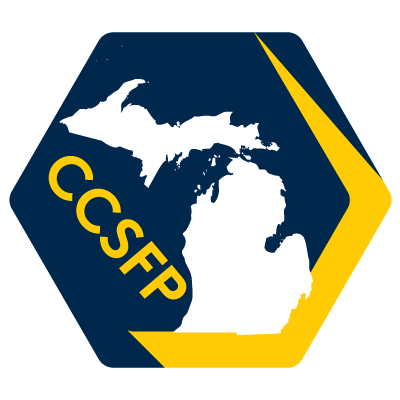Taylor Cook

Pronouns: He/Him/His
UROP Fellowship: CCSFP, Grand Rapids Community College
Research Mentor(s): Peter Arvan MD, PhD & Dennis Larkin
Research Mentor Institution/Department: Michigan Medicine, Department of Internal Medicine, Division of Metabolism, Endocrinology, Diabetes
Presentation Date: Wednesday, August 4th
Session: Session 3 (5pm-6:20pm EDT)
Breakout Room: Room 3
Presenter: 6
Abstract
Diabetes mellitus is a very serious metabolic disorder that is a result of insufficient insulin production, which leads to uncontrolled blood glucose levels. Insulin is a peptide hormone that has a natural tendency to misfold and possibly form aggregates. Mice and humans share very similar endocrine physiology, and mice are often used to study diabetes. However there are some slight differences that must be considered for any experiment. Humans have a single gene, INS, that encodes for insulin, whereas mice have two genes, INS1 and INS2. The presence of insulin produced from two different genes leads to minor discrepancies in common protein analytical techniques such as western blotting. There must be controls in place in order to determine between insulin coded by either the INS1 or INS2 gene. This project seeks to establish a breeding colony of mice that are missing both copies of either the INS1 or INS2 gene. These mice will be genotyped using conventional PCR followed by agarose gel electrophoresis. Once mice with the appropriate genotype are found, they will be euthanized and their pancreatic islets will be isolated. A SDS-polyacrylamide gel electrophoresis separation will be used to create a western blot. Antibodies that can target either INS1 or INS2 specifically in western blotting will be tested on the proteins found within the islets. A successful result will be a series of western blots that can differentiate the genetic origin of the insulin being studied. This will allow distinction between the monomeric form of insulin and any potential aggregates. If the antibodies function properly, it verifies the current understanding of insulin aggregate formation, and the antibodies can be used in future studies in insulin synthesis and secretion.
Authors: Taylor W Cook, Dennis Larkin, Gladys Kamdem, Peter Arvan MD PhD
Research Method: Laboratory Research with Animals







